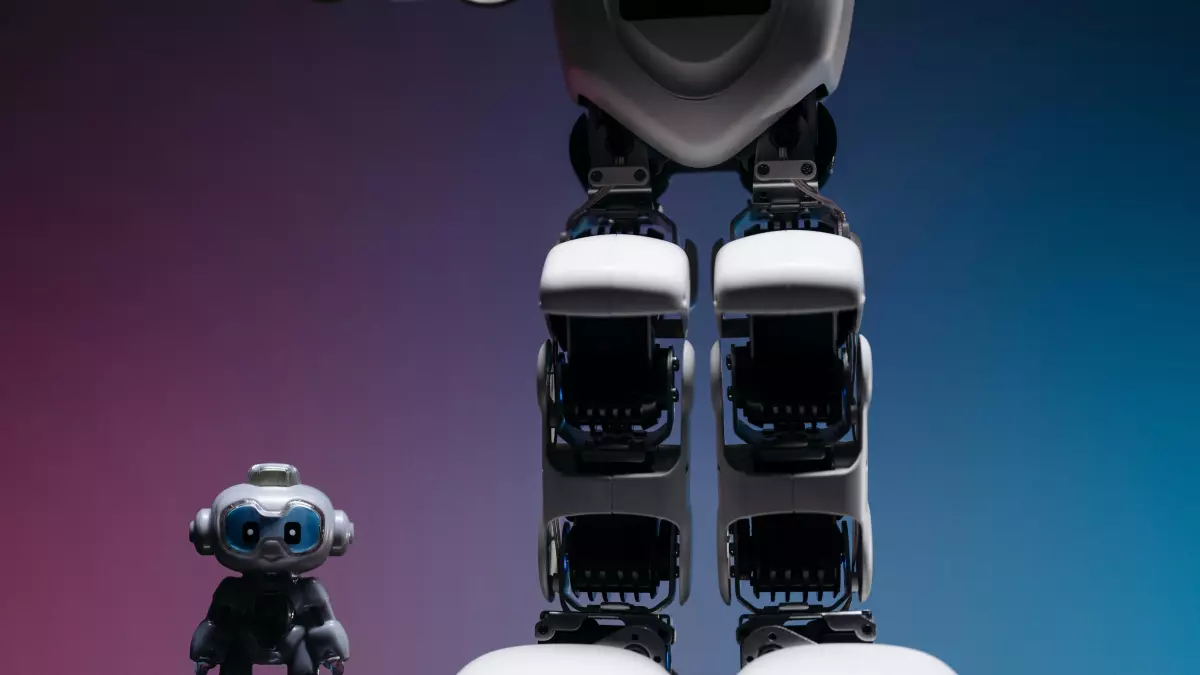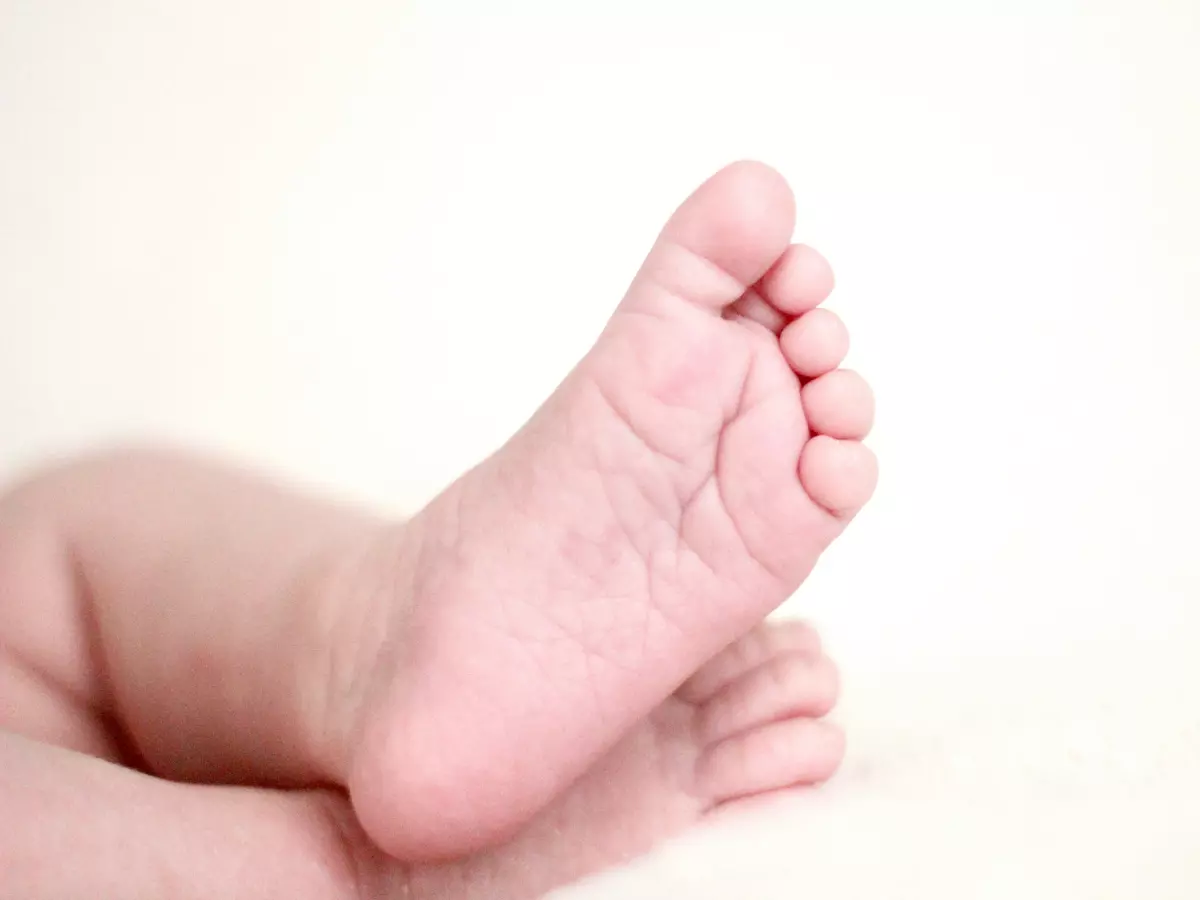Full-Body Coordination
Humanoid robots are mastering full-body coordination, and it’s nothing short of a technological ballet.

By James Sullivan
Have you ever wondered how humanoid robots manage to move their entire bodies in a coordinated way, almost like humans? It’s one thing to get a robot to move its arm or leg, but getting the whole body to work in harmony is a completely different challenge. This is where the magic of full-body coordination comes into play, and it’s a fascinating blend of sensor integration, motion control algorithms, and a lot of engineering wizardry.
Let’s break it down. Full-body coordination in humanoid robots is like a symphony where every instrument (or in this case, every limb and joint) needs to play its part at the right time. But unlike a human conductor, robots rely on a complex network of sensors and algorithms to make sure everything stays in sync. The goal? To make their movements as fluid and natural as possible.
It All Starts with Sensors
At the heart of full-body coordination lies sensor integration. Think of sensors as the robot’s eyes, ears, and touch receptors. They provide real-time data about the robot’s environment and its own body position. Without these sensors, a humanoid robot would be like a person trying to dance with their eyes closed—it wouldn’t end well.
There are several types of sensors that humanoid robots use to achieve full-body coordination:
- Inertial Measurement Units (IMUs): These sensors help the robot understand its orientation and movement in space. They’re crucial for balance and stability, especially when the robot is walking or performing complex tasks.
- Force Sensors: These sensors detect the amount of force being applied to different parts of the robot’s body. This is important for tasks like lifting objects or maintaining balance on uneven surfaces.
- Proprioceptive Sensors: These sensors give the robot information about its own body, such as joint angles and limb positions. It’s like the robot’s version of body awareness.
By integrating data from these sensors, the robot can make real-time adjustments to its movements, ensuring that every part of its body is working together in harmony.
The Role of Motion Control Algorithms
Of course, sensors alone aren’t enough. The real magic happens when you combine sensor data with advanced motion control algorithms. These algorithms are like the robot’s brain, processing all the information and making decisions about how to move.
One of the key challenges in full-body coordination is managing the timing and sequencing of movements. For example, when a humanoid robot walks, it needs to coordinate the movement of its legs, arms, and torso to maintain balance and move efficiently. If one part of the body moves out of sync, the robot could stumble or fall.
Motion control algorithms help solve this problem by calculating the optimal movement patterns for the entire body. These algorithms take into account factors like balance, speed, and the robot’s current position. They also need to be flexible enough to adapt to changes in the environment, such as obstacles or uneven terrain.
Balancing Act: Stability and Coordination
One of the biggest challenges in full-body coordination is maintaining balance. Humans do this naturally, thanks to our inner ear and sense of proprioception. But for robots, it’s a whole different ballgame. They need to constantly adjust their posture and movements to stay upright, especially when performing dynamic tasks like walking or running.
This is where the combination of sensors and motion control algorithms really shines. By continuously monitoring the robot’s balance and making micro-adjustments to its movements, the robot can stay stable even in challenging environments. It’s like a tightrope walker constantly shifting their weight to avoid falling.
In fact, some humanoid robots are even capable of performing complex maneuvers like jumping or climbing stairs, thanks to their advanced full-body coordination systems. These robots can adapt to changes in their environment in real-time, making them incredibly versatile and capable of handling a wide range of tasks.
Coordination Beyond Movement
Full-body coordination isn’t just about movement—it also plays a crucial role in tasks that require interaction with the environment. For example, when a humanoid robot picks up an object, it needs to coordinate the movement of its arms, hands, and torso to ensure a smooth and efficient action. If any part of the body is out of sync, the robot could drop the object or fail to grasp it properly.
In some cases, humanoid robots also need to coordinate their movements with external systems, such as conveyor belts or other machines. This requires precise timing and synchronization, which can only be achieved through advanced sensor integration and motion control algorithms.
The Future of Full-Body Coordination
As humanoid robots continue to evolve, we can expect even more sophisticated full-body coordination systems. Researchers are constantly developing new sensors and algorithms that allow robots to move more fluidly and naturally. In the future, we may see humanoid robots that can perform tasks with the same grace and precision as humans, or even surpass us in certain areas.
But for now, the journey towards perfect full-body coordination is still ongoing. It’s a complex and challenging field, but one that holds incredible potential for the future of robotics.
So, the next time you see a humanoid robot walking, dancing, or performing complex tasks, remember that there’s a whole world of technology working behind the scenes to make those movements possible. And who knows—maybe one day, robots will be teaching us how to move!





